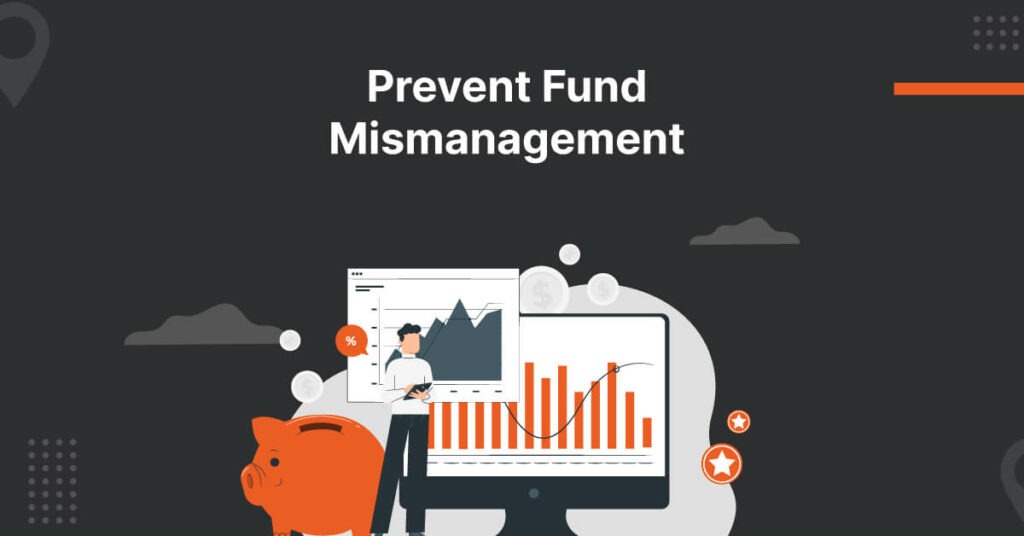
2020 profoundly transformed our work culture. Unprecedented restrictions on travel, face-to-face interactions, and shifts in consumer behavior compelled businesses to adapt their operations to ensure their survival. Likewise, as a significant portion of the workforce began working remotely, companies had to rethink their policies, particularly those related to expenses, which were previously more standardized.
According to a recent report from McKinsey and Company, 85% of companies have sped up the adoption of technologies that facilitate essential employee functions digitally. Some have embraced this by creating collaboration opportunities through videoconferencing tools and software that empower teams to maintain their creative workflow. Meanwhile, others have focused on digitizing internal and supply chain operations and streamlining processes that added extra pressure.
Hence, in this blog, we will explore the significance of SaaS solutions for crisis communication, focusing on the need for real-time expense management updates.
The Importance of Crisis Communication in Expense Management
Expense management is fundamental to running any business. It encompasses various financial activities, including budgeting, forecasting, procurement, and real-time expense reporting. In times of crisis, whether it’s a sudden economic downturn, a cybersecurity breach, or a global pandemic, businesses face increased financial uncertainty and the need to adapt quickly. Effective crisis communication is crucial for several reasons:
- Transparency: Transparency is critical to maintaining trust with stakeholders, including employees, investors, and customers. It demonstrates that the organization is willing to share good and bad information and is committed to resolving issues.
- Swift Decision-Making: In a crisis, decision-makers need real-time expense reporting data, updates, and insights to make informed decisions. Timely communication about data of real-time SaaS expenses can significantly aid this process.
- Risk Mitigation: Companies can identify and address risks promptly by staying informed and keeping stakeholders apprised of the situation. This proactive approach can help reduce the negative impact of a crisis.
- Employee Morale: Employees must know that their jobs and financial well-being are secure during challenging times. Effective communication can alleviate anxiety and boost morale.
- Compliance and Reporting: Businesses are bound by regulatory requirements to report financial information in many industries. Crisis communication is necessary to ensure that these obligations are met.
The Challenges of Real-Time Expense Management
The expense management process involves providing immediate, up-to-the-minute information on financial transactions, costs, and budgets. This is essential during a crisis for agile decision-making and effective communication.
However, achieving real-time expense management updates can be challenging for several reasons:
- Data Fragmentation: Expense data often resides in various systems, including accounting software, procurement platforms, and credit card statements. Bringing all this data together in real-time expense reporting can be complex.
- Manual Data Entry: Many businesses still rely on manual data entry, which is time-consuming and prone to errors. During a crisis, the delay in collecting and inputting data can be detrimental.
- Legacy Systems: Older systems and outdated software may need to be designed to provide real-time expense management updates. They might require costly upgrades or replacements to meet this demand.
- Data security: Data security is crucial, particularly in real-time expense report sharing. Organizations must balance the need for information with protecting sensitive financial data.
- Scalability: As businesses grow and expand, their expense management requirements change. SaaS solutions must be scalable to accommodate these evolving needs.
How SaaS Solutions Address These Challenges
SaaS solutions are designed to overcome many of the challenges associated with real-time updates in expense management crisis communication. Here’s how they do it:
- Centralized Data: SaaS solutions centralize expense data, bringing together information from various sources into a single platform. This not only streamlines data access but also provides a unified view of the financial landscape.
- Automation: Many SaaS platforms offer automated data capture and entry, reducing the reliance on manual processes. This not only speeds up data collection but also minimizes errors.
- Cloud-Based: SaaS solutions are typically cloud-based, enabling real-time access to data from anywhere with an internet connection. This is especially advantageous for remote work and distributed teams, which have become more common in the wake of global events.
- Data Security: SaaS providers invest heavily in data security, often more so than individual businesses can afford. This means that financial data is protected even during real-time communication.
- Scalability: SaaS solutions are designed to scale with your business. Whether you’re a small startup or a multinational corporation, you can find a solution that fits your needs, and you can expand as your requirements change.
The Future of SaaS In Crisis Communication
As technology continues to evolve, SaaS solutions for crisis communication in expense management will likely become even more advanced and indispensable. Here are some future trends to watch for:
- AI and Machine Learning: Expect SaaS solutions to incorporate AI and Machine Learning algorithms to analyze real-time SaaS expenses. This will enable the automatic detection of anomalies and trends, assisting businesses in crisis mitigation and adaptation.
- Blockchain for Enhanced Security: Blockchain technology is becoming increasingly relevant in financial transactions. SaaS providers may integrate blockchain to enhance data security and transparency in expense management.
- Enhanced Mobility: The rise of remote work and mobile-first solutions will drive SaaS providers to create more mobile-friendly apps, ensuring that real-time expense data is accessible anytime.
- Advanced Reporting and Analytics: SaaS solutions will continue to improve their reporting and analytics capabilities. This will empower businesses to extract actionable insights from real-time expense data, aiding in better decision-making during crises.
- Integration with ERP systems: Expect tighter integration between SaaS expense management solutions and Enterprise Resource Planning (ERP) systems. This will provide a seamless data flow and ensure that businesses have a holistic view of their financial landscape.
Manage Crisis Communication with Real-Time Expense Management
Crisis communication in expense management is vital to business resilience. Real-time updates are essential for making informed decisions and keeping stakeholders well-informed. SaaS solutions play a pivotal role in addressing the challenges associated with real-time communication and data management during crises.
Itilite SaaS expense management solution addresses the critical challenges businesses face during crises, ensuring real-time updates, data security, and seamless integration. It enhances business resilience, protects financial stability, and builds stakeholder trust.
As technology continues to evolve and companies explore new avenues for growth, Itilite SaaS expense management is positioned to be a cornerstone in the financial success of businesses. With a commitment to delivering exceptional results, Itilite platform heralds a bright future for expense management, where real-time control is the norm rather than the exception.
To know more about Itilite advanced features, book a free demo with our experts now!













